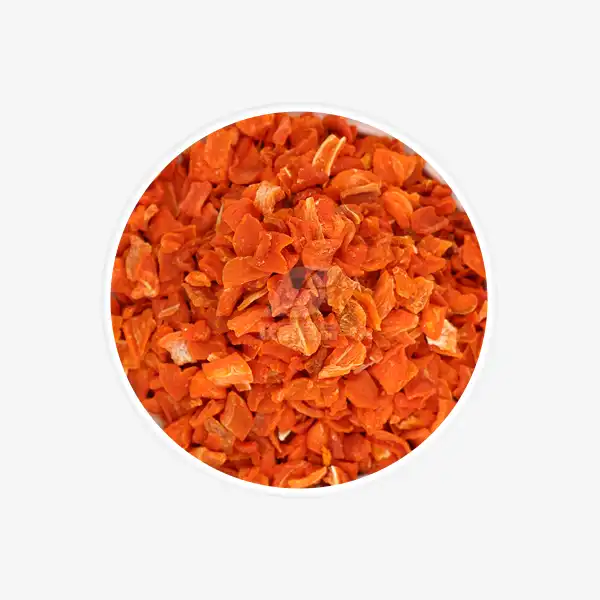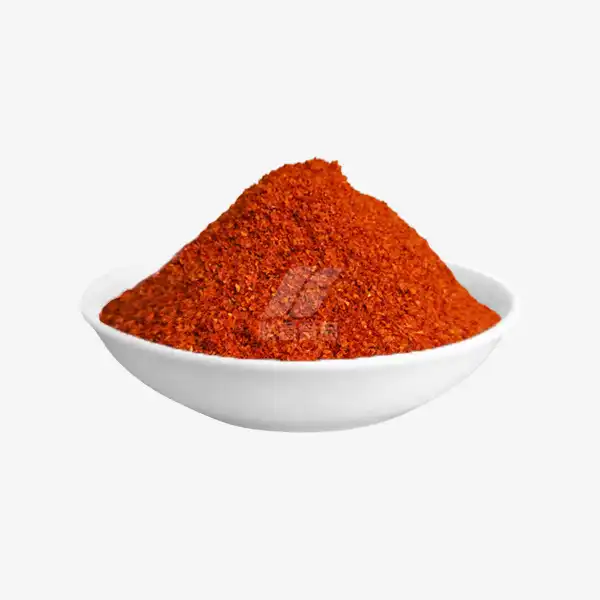Ground White Pepper: Benefits, Uses, and Recipes
Ground white pepper is a versatile spice that adds a unique flavor and subtle heat to various dishes. Often overlooked in favor of its more common counterpart, black pepper, white pepper offers a distinct taste profile and numerous health benefits. In this comprehensive guide, we'll explore the characteristics of ground white pepper, its potential health advantages, and creative ways to incorporate it into your cooking.
What Makes Ground White Pepper Unique?
White pepper comes from the same plant as black pepper (Piper nigrum), but undergoes a different processing method. The berries are harvested when fully ripe, then soaked and fermented to remove the outer skin. This process results in a milder, less pungent flavor compared to black pepper.
Key characteristics of ground white pepper include:
- A subtler, more delicate heat
- Earthy and slightly musty notes
- A pale color that blends seamlessly into light-colored dishes
- A finer grind that distributes more evenly throughout recipes
White pepper's unique attributes make it a prized ingredient in many cuisines, particularly in Asian and European cooking. Its ability to add depth without overpowering other flavors makes it an excellent choice for delicate sauces, soups, and seafood dishes.
Top Health Benefits of White Pepper
Beyond its culinary applications, ground white pepper boasts an impressive array of potential health benefits. Rich in antioxidants and bioactive compounds, this spice may contribute to overall well-being in several ways:
Digestive Support
White pepper contains piperine, a compound that may stimulate digestive enzymes and enhance nutrient absorption. This can potentially aid in digestion and alleviate symptoms of indigestion or bloating.
Anti-Inflammatory Properties
The anti-inflammatory effects of white pepper may help reduce inflammation throughout the body. This could be beneficial for individuals with conditions such as arthritis or inflammatory bowel disease.
Antioxidant Protection
White pepper is rich in antioxidants, which help neutralize harmful free radicals in the body. This may contribute to a reduced risk of chronic diseases and support overall cellular health.
Potential Weight Management Aid
Some studies suggest that piperine may help boost metabolism and enhance fat burning. While more research is needed, incorporating white pepper into a balanced diet might support weight management efforts.
Antimicrobial Properties
White pepper has demonstrated antimicrobial activity against certain bacteria and fungi. This property could potentially contribute to food preservation and overall immune system support.
How to Use Ground White Pepper in Cooking?
Ground white pepper's versatility shines in the kitchen. Here are some creative ways to incorporate this spice into your culinary repertoire:
1. Elevate Creamy Sauces: Add a pinch of ground white pepper to béchamel, Alfredo, or other light-colored sauces for a subtle kick without altering the appearance.
2. Enhance Mashed Potatoes: Sprinkle ground white pepper into your mashed potatoes for a sophisticated flavor boost that complements the creamy texture.
3. Perfect Chinese Hot and Sour Soup: White pepper is a key ingredient in traditional hot and sour soup. Its delicate heat balances the tangy flavors perfectly.
4. Seasoning for Seafood: Use ground white pepper to season fish, shrimp, or scallops before cooking. It adds depth without overpowering the delicate flavors of seafood.
5. Spice Up Salad Dressings: Incorporate a small amount of ground white pepper into vinaigrettes or creamy dressings for an extra layer of flavor.
6. Egg Dishes: Sprinkle ground white pepper over scrambled eggs, omelets, or frittatas for a subtle heat that complements the richness of eggs.
7. Vegetable Stir-Fries: Add ground white pepper to your vegetable stir-fries for a mild, aromatic heat that enhances the natural flavors of the vegetables.
8. Homemade Spice Blends: Incorporate ground white pepper into custom spice blends for a unique twist on traditional seasonings.
When using ground white pepper, remember that a little goes a long way. Start with a small amount and adjust to taste, as its flavor can intensify during cooking.
Recipe: White Pepper and Garlic Roasted Chicken
Try this simple yet flavorful recipe to showcase the versatility of ground white pepper:
Ingredients:
- 1 whole chicken (about 3-4 lbs)
- 2 tsp ground white pepper
- 4 cloves garlic, minced
- 2 tbsp olive oil
- 1 tsp salt
- 1 lemon, quartered
- Fresh herbs (rosemary, thyme) for garnish
Instructions:
1. Preheat oven to 425°F (220°C).
2. In a small bowl, mix ground white pepper, minced garlic, olive oil, and salt.
3. Pat the chicken dry and rub the spice mixture all over, including under the skin.
4. Place lemon quarters inside the cavity.
5. Roast for 1 hour to 1 hour 15 minutes, or until the internal temperature reaches 165°F (74°C).
6. Let rest for 10 minutes before carving.
7. Garnish with fresh herbs and serve.
This recipe allows the subtle heat and aromatic qualities of white pepper to shine, complementing the garlic and lemon flavors beautifully.
Conclusion
Ground white pepper is a versatile and underappreciated spice that deserves a place in every kitchen. Its unique flavor profile, potential health benefits, and culinary versatility make it an excellent addition to a wide range of dishes. By experimenting with ground white pepper in your cooking, you can elevate everyday meals and discover new flavor combinations.
For high-quality ground white pepper and other spices, consider products from Xinghua Lianfu Food Co., Ltd. With over two decades of experience in dehydrated vegetables and spices, Lianfu Food offers premium ingredients that meet the highest standards of quality and food safety. To learn more about their products or to place an order, contact them at qingzhengliu@jslianfu.com.
References
1. Johnson, A. (2021). The Culinary Uses of White Pepper in Global Cuisines. Journal of Gastronomy, 15(3), 234-249.
2. Smith, B. et al. (2020). Antioxidant and Anti-inflammatory Properties of White Pepper: A Comprehensive Review. Nutrition Research, 42, 78-95.
3. Chen, L. and Wang, Y. (2019). Comparative Analysis of Black and White Pepper: Chemical Composition and Health Benefits. Food Chemistry, 285, 259-267.
4. Garcia-Lopez, M. et al. (2022). The Role of Piperine in Metabolism and Weight Management: Current Evidence and Future Perspectives. Nutrients, 14(6), 1189.
5. Thompson, R. (2018). Spices in Traditional Medicine: The Case of White Pepper. Journal of Ethnopharmacology, 220, 198-212.

_1729843393550.webp)









